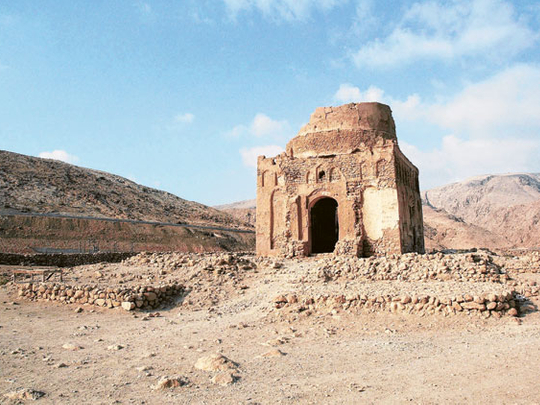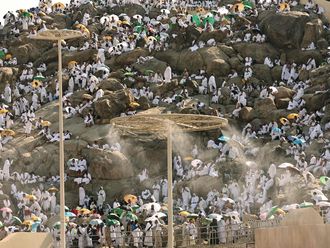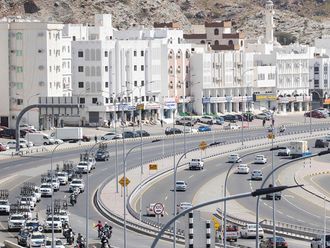
Muscat: A joint Omani-French expedition has discovered the Friday Mosque, built by Bibi Maryam in Qalhat around 1300 AD, according to Biubwa Ali Al Sabri, Director of Excavation and Archaeological Sites at the Ministry of Heritage and Culture.
Al Sabri said that the mosque was destroyed by the Portuguese in 1508 AD.
The ministry is planning an archaeological park and a museum at the site. "The findings of the on-going excavations would be displayed for visitors, tourists and students of history and culture," Al Sabri added.
Al Sabri also said that Qalhat was the only ancient city which still maintains its ancient flavour due to natural protection from mountain and sea.
"Human development still has very little impact on the city and the French team involved in the excavation has found many interesting facts, figures and artefacts from the site," Al Sabri said.
Dr Axelle Rougeulle, an expert on history of the Indian Ocean trade and harbours during the Islamic period, said that the site was currently a ruined field, about 35 hectares wide, surrounded by fortification walls.
"This is all that is left of a large medieval harbour city which was the main port of Oman in the 13th-15th centuries AD," said the head of the expedition from the National Centre for Scientific Studies, Paris.
Qalhat is believed to be founded around 1100 AD. "In the beginning it was probably a large village on the sea-shore," Dr Rougeulle pointed out.
According to the famous geographer Ibn Al Majawir, who visited Qalhat in 1230 AD, the fortifications were built in 1218 AD. Around 1250 AD, the harbour started growing considerably, especially under the reign of the governor Ayaz and his wife Bibi Maryam in 1285-1310 AD.
"It was known as the ‘Twin City of Hormouz', which became at that time the leader in the Indian Ocean trade," the French expert added.
According to Ibn Battuta, who visited Qalhat in 1330 AD, Bibi Maryam built the beautiful Friday Mosque, richly decorated with Kashan — glazed tiles from Iran.
In the 15th century AD, the port started to be superseded by Musqat (now Muscat) and the city was also damaged by earthquakes. "The Portuguese, in 1508 AD, burnt the Friday Mosque to the ground, and then completely abandoned."
"Qalhat is, therefore, a major site in the history and heritage of Oman and the Ministry of Heritage and Culture decided in 2007 to launch an important project of study and development at the site," Dr Rougeulle said.
Several structures at the site were studied by the team, including the fortification, the water system, some large houses and a small mosque. A pottery kiln of the 14th century was also discovered which had a lot of ceramic wares. These included jars, pots, and bowls.
"This is very important as the Qalhati production can now be traced in other harbour sites of the Indian Ocean," Al Sabri said.
Talking about the Friday Mosque, she said that it was a very unique and impressive edifice which was built on top of a basement five metre high, the total height of the building therefore being at least 10m high.
The mihrab, minbar, walls, pillars, arches, doors and minaret were richly decorated with stuccos and glazed tiles, some from the famous Kashan Kilns in Iran as noted by Ibn Battuta.
The other achievements of the Qalhat Project is the mapping of the ruins of the medieval city with a differential GPS and a Geographical Information System.
More than 200 buildings and 1600 graves have been registered and plotted in Qalhat.












